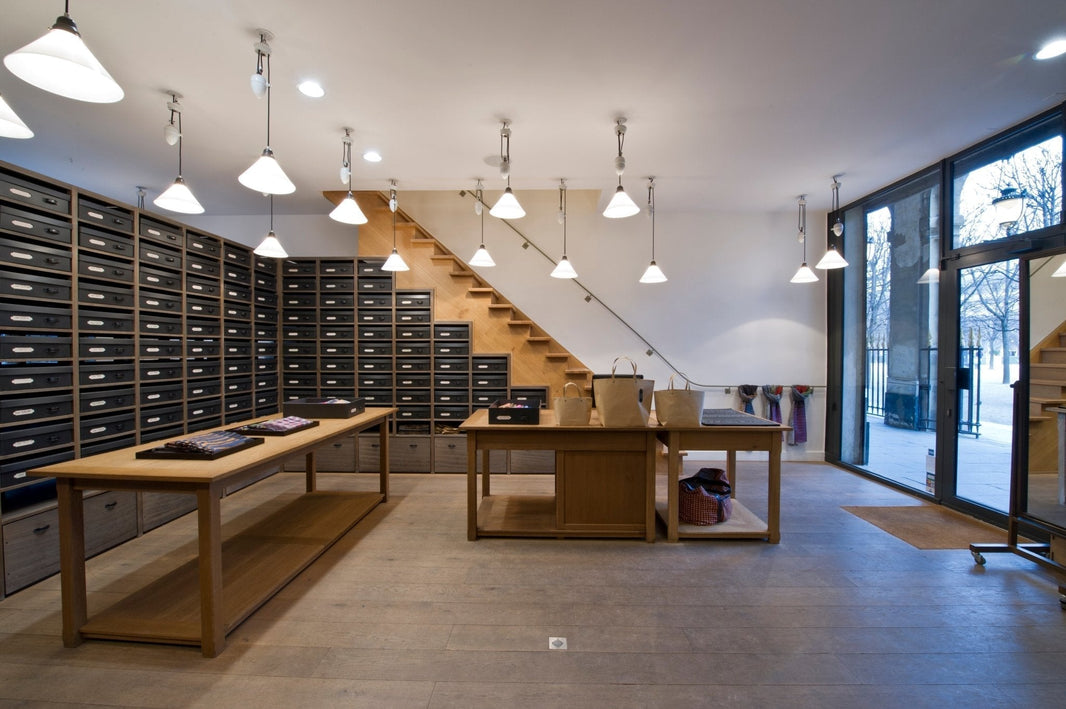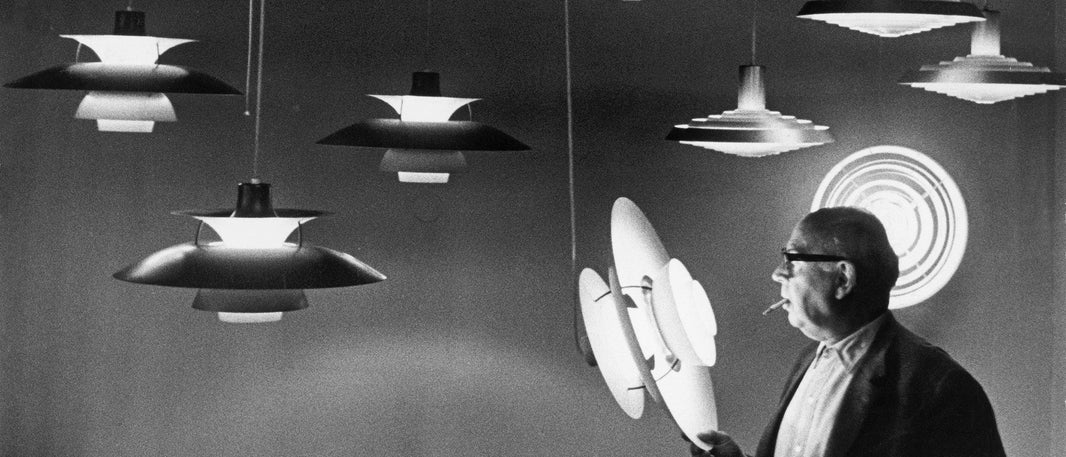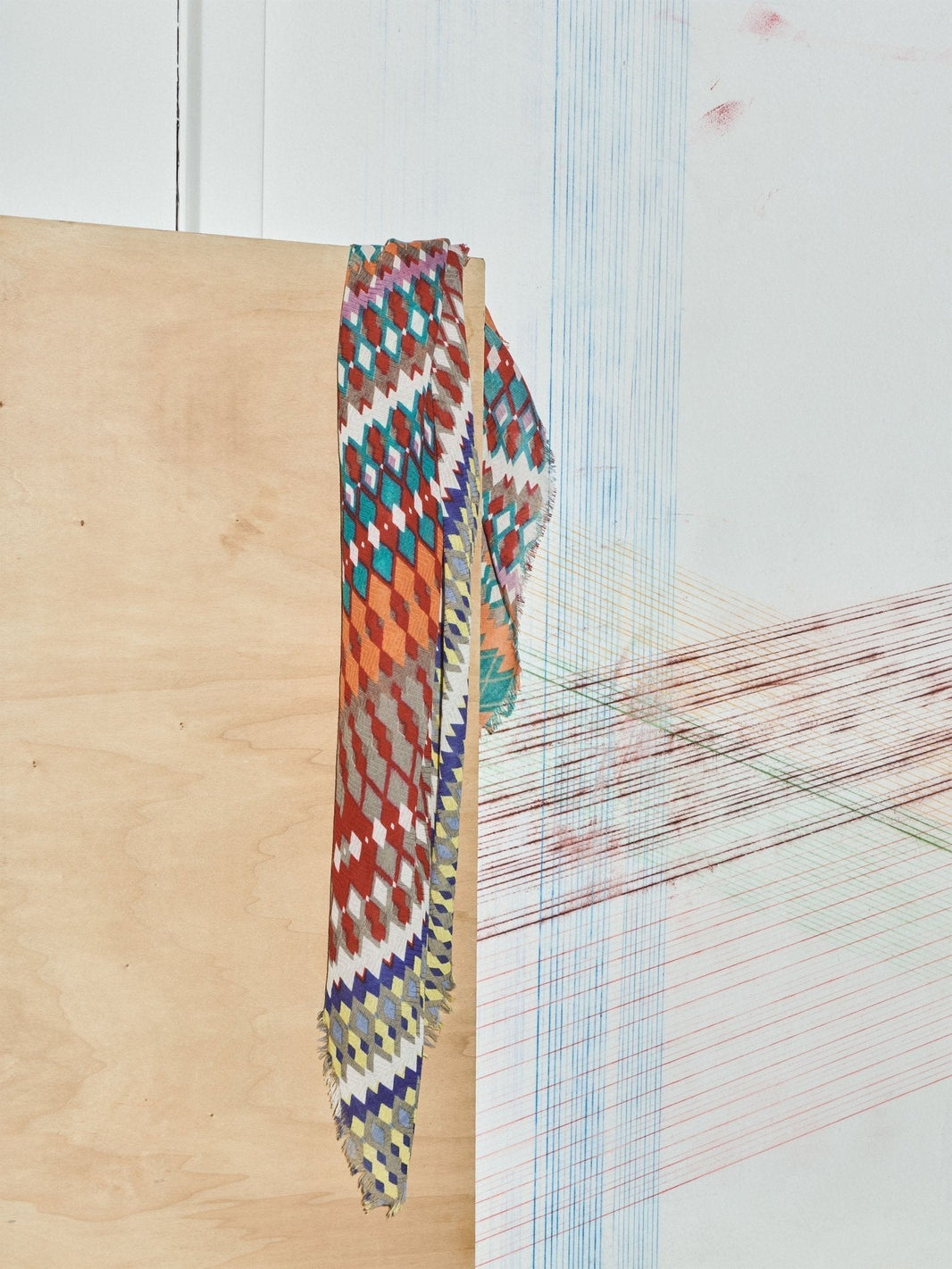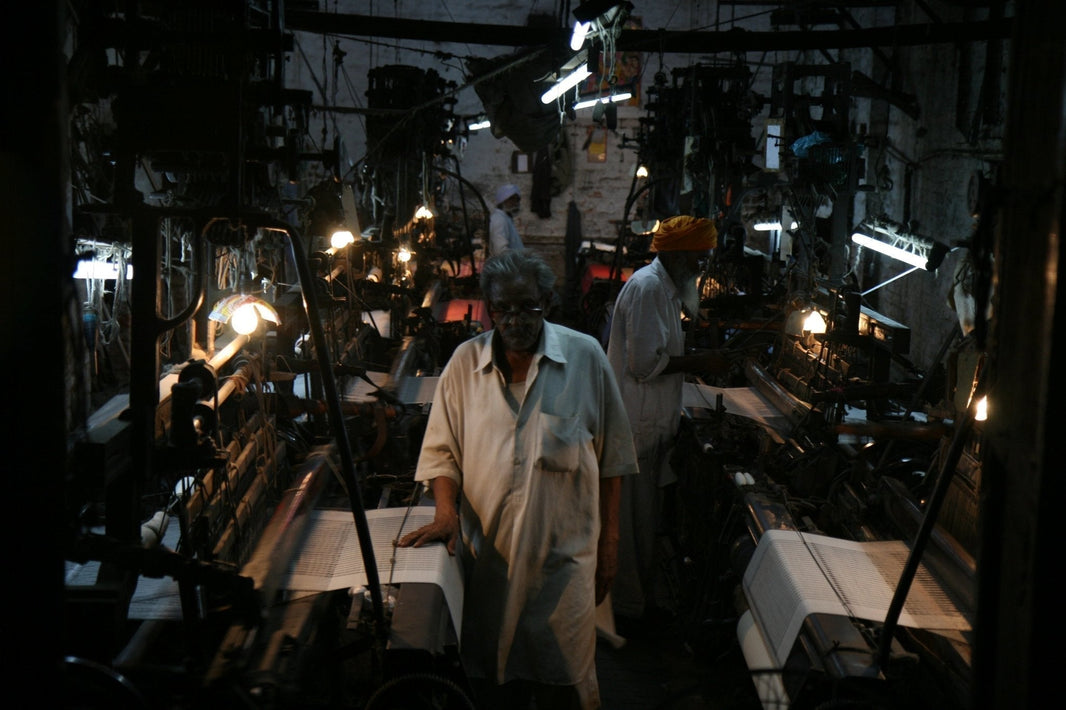For its Parisian Flagship Epice chose the Jardin du Palais Royal, an exceptional place where it's pleasant to stroll far from the noise of the capital. Under the historic arcades, the Valois and Montpensier galleries house exclusive boutiques that animate this preserved garden, highly prized for chic and cutting-edge shopping or a relaxing break.
Inaugurated on October 2, 2010, the boutique reflects a lifestyle dear to our designers. The open and luminous space showcases natural and sustainable materials and favors handmade furniture. In this refined place where everything is designed for well-being, attention to detail is striking. The displayed stoles and bags form islands of color that stand out against a palette of gray, white, and wood. "The creative display arranged in a harmony of colors and patterns is renewed several times a week, in sync with the tonality of the seasons or the day," explains Zohra, who has carte blanche to present the models.

A Workshop Atmosphere at the Palais Royal
Entirely redesigned by architect Philippe Duprat in a minimalist trend inspired by Shaker style, the space is optimized down to its smallest corners, and each piece of furniture and accessory has its purpose. A remnant from the previous occupant, the Egyptian scarab that appears on an entrance door pull retains its usefulness, as it is a clue in treasure hunts organized around the Palais Royal.
The Scandinavian Heritage
With its friendly atmosphere bathed in natural light, the boutique is a window open to Scandinavian style. The architect's aim was to create an authentic and functional place, conceived as a workspace focused on the essential. It needed to be a soothing setting, not at all intimidating, to echo the tranquility of the Jardin du Palais Royal. Nothing was left to chance.

In the Pure Nordic Tradition
Long wooden wall hooks optimize space and ensure fluid, unhindered circulation. Stoles are hung there, or short, easy-to-move ladders carrying displayed shawls. The straight staircase in light wood provides access to the stock, then this stair slope becomes storage space for our boxes that blend into the decor.
A Style, a Popular Expression
The term Scandinavian Design became widespread during the "Design in Scandinavia" exhibition touring the USA and Canada from 1954 to 1957. Conceived by American magazine House Beautiful, this traveling show invited visitors to discover a new lifestyle supported by elegant, simple, and functional design represented by 700 objects from the 4 Nordic countries: Sweden, Denmark, Norway, and Finland. This minimalist and pragmatic approach to interior decoration highlighted a search for perfect balance between function, form, and aestheticism of everyday objects, magnified by traditional craftsmanship. In Copenhagen, the first Cabinetmakers' Guild Exhibition organized in 1927 promoted a rather traditional corporation of cabinetmakers. To revitalize creative forms and modernize their profession, some master cabinetmakers proposed collaborating with students of architect Kaare Klint, pioneer of Danish design.
They organized a competition within their exhibition, encouraging architects and designers to develop new ideas suited to cabinetmaking work. They thus laid the historical foundations for a symbiosis between design and craftsmanship, a partnership that heralded the golden age of Danish design. Many designers received training as cabinetmakers and forged long collaborations with cabinetmaking workshops for the implementation of their masterpieces: Kaare Klint and Rudolph Rasmussen (Safari Chair), Hans Wegner and Johannes Hansen (Round Chair), Finn Juhl and Niels Vodder (Chieftain Chair).












